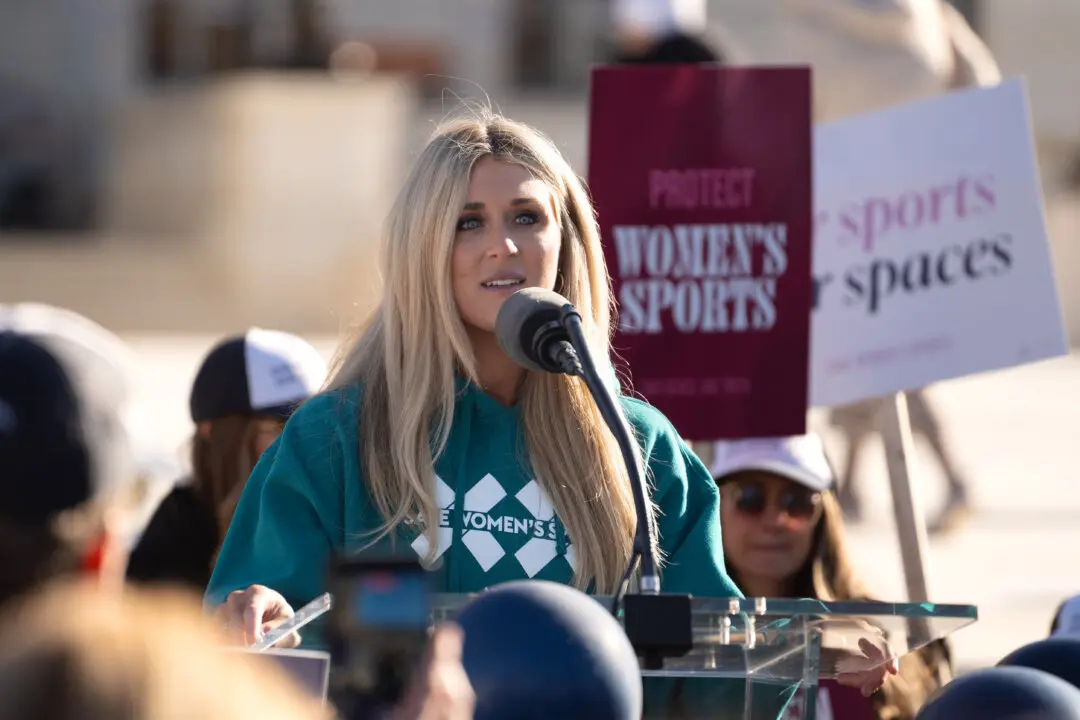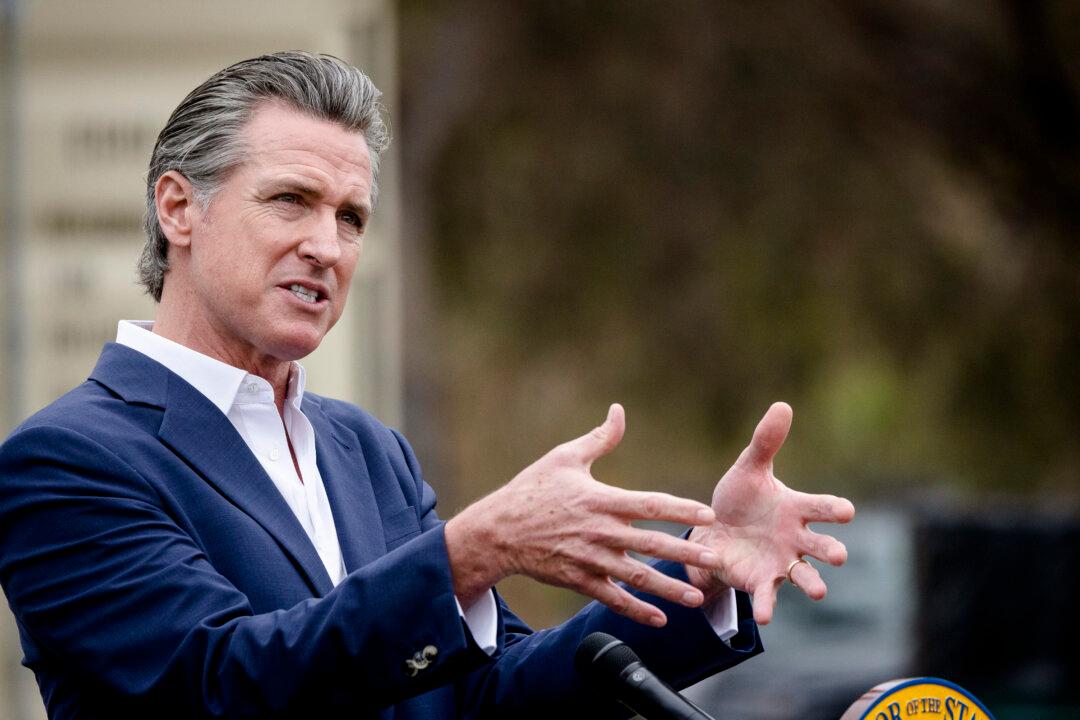Cat Cattinson doesn’t believe in transgender ideology even though she identified as a “trans man” for more than 15 years.
“I’m a detransitioner,” she told The Epoch Times in an interview. “I identified as trans when I was a child, but now I accept my biological sex. I believe that a woman is an adult, human female. I don’t believe that trans women literally are women. I don’t believe that trans men literally are men. I still believe they’re biological males and females.”





